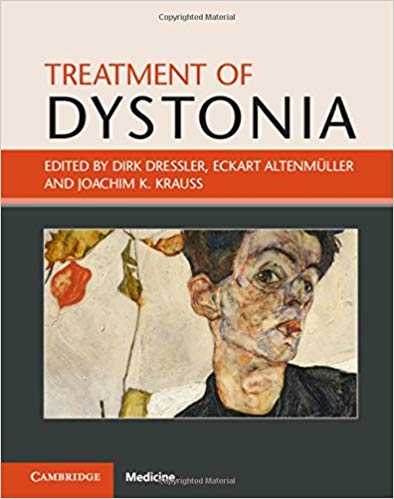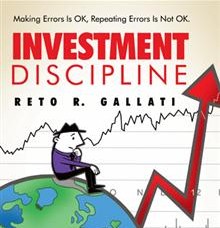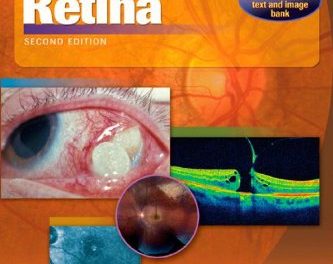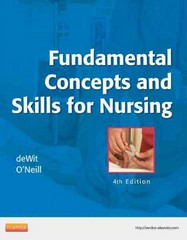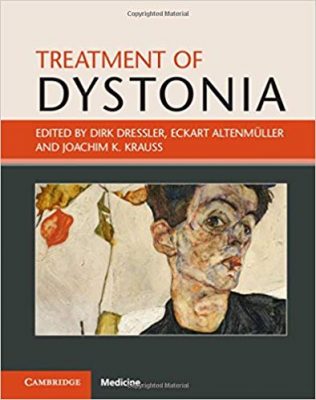 Editors: Dirk Dressler, Eckart Altenmuller, and Joachim K. Krauss
Editors: Dirk Dressler, Eckart Altenmuller, and Joachim K. Krauss
Publisher: Cambridge University Press – 463 pages
Book Review by: Nano Khilnani
Before plunging into the contents of this book of 463 pages, we turned to our favorite reference source Wikipedia to initially get a quick and brief definition of dystonia. This is what we found in the first few lines of an article on this condition: “Dystonia is a neurological movement disorder syndrome in which sustained or repetitive muscle contractions result in twisting and repetitive movements or abnormal fixed postures. The movements may resemble a tremor. Dystonia is often intensified or exacerbated by physical activity, and symptoms may progress into adjacent muscles.”
I have observed a number of people over the years who have exhibited such movements, but I was too uncomfortable to ask them what their condition was called, and I felt bad about them. When I came across this title, I thought it would be a good to do a review on it, as we are always looking for unusual medical conditions to look into for reviews in our Books section.
One hundred fifty-three specialists in the neurosciences including neurology and neurosurgery, as well as specific areas such as movement disorders, music psychology, pediatric rehabilitation, voice and swallowing disorders, and related conditions, authored the 80 chapters of this book.
The content providers including the three editors name above. are from all over the United States and 18 other countries: Argentina, Belgium Canada, Czech Republic, France, Germany, Italy, Japan, the Netherlands, the Philippines, Russia, Saudi Arabia, Slovenia, South Korea, Spain, Sweden, Turkey, and the United Kingdom.
Too numerous to name all the chapters of this book, I present to you below the titles of its Sections the chapters are organized within:
- Section I. Basics
- Section II. Botulin Toxin Therapy
- Section III. Musician’s Dystonia
- Section IV. Psychogenic Dystonia
- Section V. Treatment of Pediatric Dystonia
- Section VI. Rehabilitation of Dystonia
- Section VII. Pharmacotherapy for Dystonia
- Section VIII. Surgical Treatment of Dystonia
- Section IX. Deep Brain Stimulation
- Section X. Emerging Therapies for Dystonia
- Section XI. Emerging Therapies for Dystonia
The word ‘dystonia’ was first used in a 1911 article written by Hermann Oppenheim in which he described four children with a condition he had not seen before. He called the syndrome he had observed by two names: dystonia musculorum deformans and dysbasia lordotica progressiva. The first term relates to spasms and postural deformities that had developed in these children, and the second term emphasizes the dromedary gait and the progressive nature of this illness.
Oppenheim wrote about his various observations, and they included the following:
- Hypotonia on one occasion and muscle spasms on another, usually but not exclusively elicited on volitional movements
- Twisted postures associated with muscle spasms that affected the limbs and the trunk
- Bizarre walking with bending and twisting of the torso
- Rapid, sometimes rhythmic jerking movements
- Progression of symptoms, leading eventually to sustained fixed postural deformities
In subsequent years, many clinicians reported a variety of features they had observed in their patients, and researchers recorded them in their writings. So in 1984 the Dystonia Medical Research Foundation formed an ad hoc committee to come up with an encompassing definition of dystonia and a classification of the disorder
Fast forward to 2018, and the editors report that while there is no single causal treatment for dystonia, numerous pharmacological, rehabilitative, surgical and even experimental therapies have emerged. The good news is that with the advent of botilunim toxin therapy and deep brain stimulation, major advances have been achieved.
You can read about dystonia treatments with these two kinds of therapies by reading the 19 chapters contained in Section II entitled Botuliinum Toxin Therapy and 15 chapters presented in Section IX entitled Deep Brain Stimulation. The 34 chapters on these two types of treatments discuss many variations in treatment modes, depending on the conditions observed in patients.
The other seven Sections contain chapters describing other treatment types such as behavioral therapies, oral drugs, rehabilitation, and experimental therapies.
This is an excellent and extensive work for medical fellows and residents, established physicians such as neurologists, neuro-pediatricians, and neurosurgeons, as well as healthcare professionals such as occupational therapists, physiotherapists, speech therapists, and others who treat people afflicted with dystonia.
Editors:
Dirk Dressler is Professor of Neurology and Head of the Movement Disorder Section in the Department of Neurology at Hannover Medical School in Hannover, Germany.
Eckart Altenmuller is Professor of Music Physiology and Musician’s Medicine, as well as Vice- President at the University of Music, Drama, and Media in Hannover, Germany
Joachim K. Krauss is Professor of Neurosurgery, and Chairman and Director of the Department of Neurosurgery at Hannover Medical School in Hannover, Germany.

